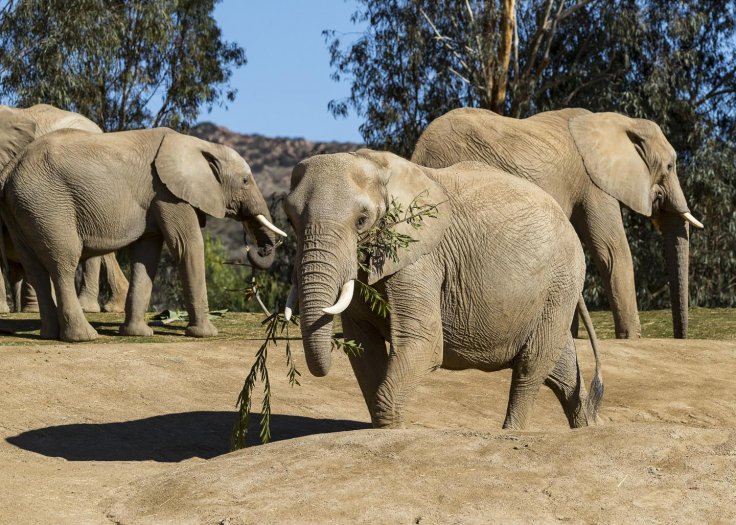
A new study conducted by an International team of researchers has successfully sequenced genomes of extinct and living elephant species. The team which included researchers from McMaster University, Harvard Medical School, Uppsala University, and the University of Potsdam sequenced fourteen genomes of several ancient elephant species including mammoth and mastodons which lived millions of years ago.
During the study, researchers found that ancient elephants had a very complicated history, characterized by widespread interbreeding. However, the researchers made it clear that interbreeding is not happening among elephants which roam the modern world, adding to the growing fears of the future of a few species which remains on earth.
Interbreeding often helps to survive
The researchers said that it was the interbreeding behaviour prevalent among mammoths which helped them to become so successful over such long periods of adverse and diverse conditions.
While interbreeding may help explain why mammoths were so successful over such diverse environments and for such a long time, the new genomic data helps biology to understand why evolution does not happen in an organized, linear fashion.
"The combined analysis of genome-wide data from all these ancient elephants and mastodons has raised the curtain on elephant population history, revealing the complexity that we were simply not aware of before," said Hendrik Poinar, an evolutionary geneticist at the McMaster Ancient DNA Centre and the senior author of the study.
DNA analysis of the ancient straight-tusked elephant indicated that this animal was a hybrid, and its genetic makeup had traces of ancient African elephant, a woolly mammoth, and modern forest elephants.
Modern elephants lived in complete isolation
Upon further analysis, scientists found there are no traces of interbreeding among the three species of elephants which are present in the modern world. The absence of interbreeding clearly suggests that these animals have lived in complete isolation for more than 5,00,000 years, even though they lived in neighbouring habitats.
Interbreeding is not at all a new thing in the world of animals. According to experts, interbreeding among closely related mammals is very common, and they even cited the examples of the Eurasian gold jackal and grey wolves, brown and polar bears, and Sumatran and Bornean orangutans.
Approximately 50,000 elephants are killed each year from poaching, making the species endangered. The mastodons and mammoths, who were their close relatives, are already gone and understanding the genetic heritage of elephants has the potential to play a valuable role in future conservation efforts, said scientists.









